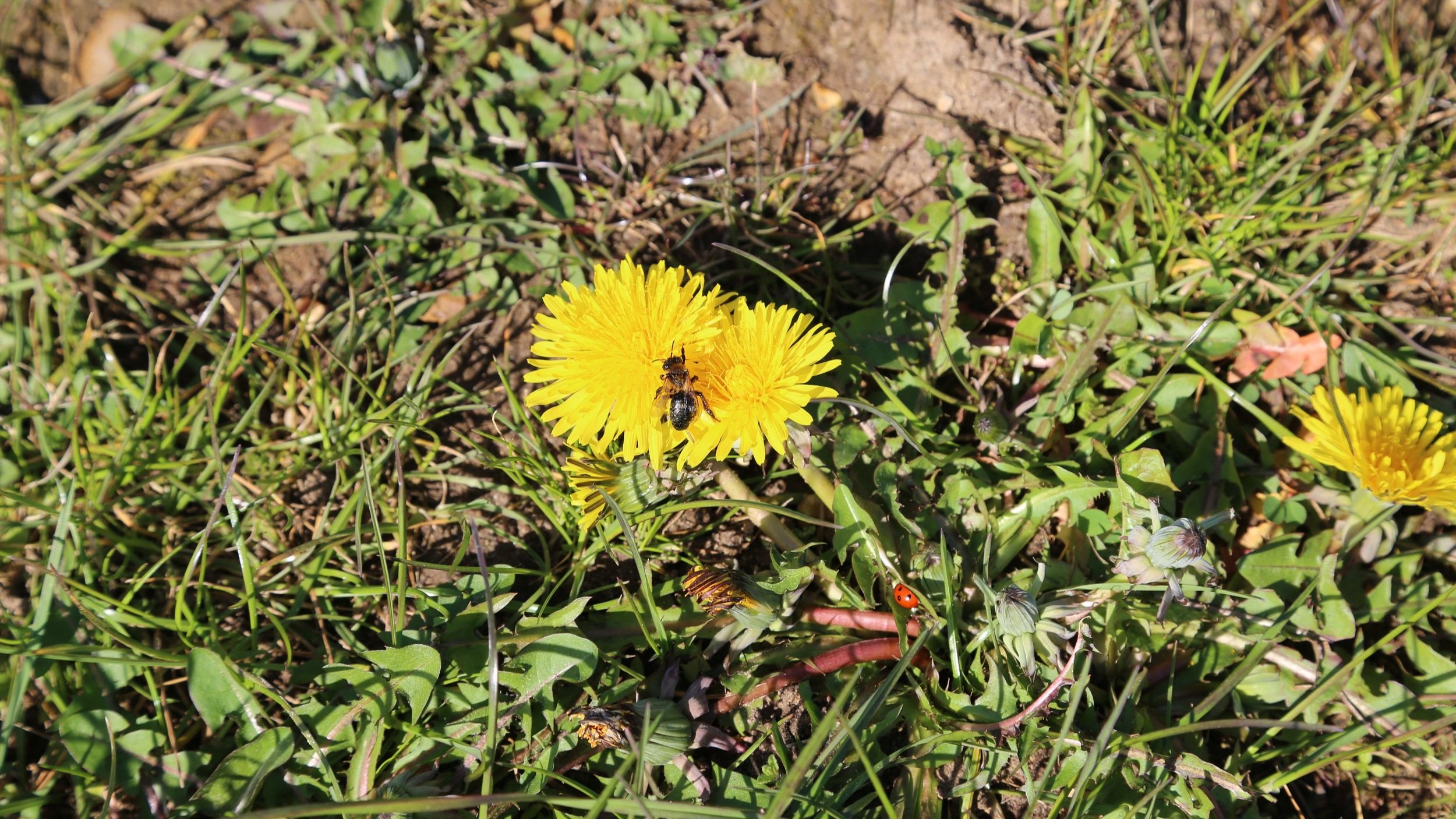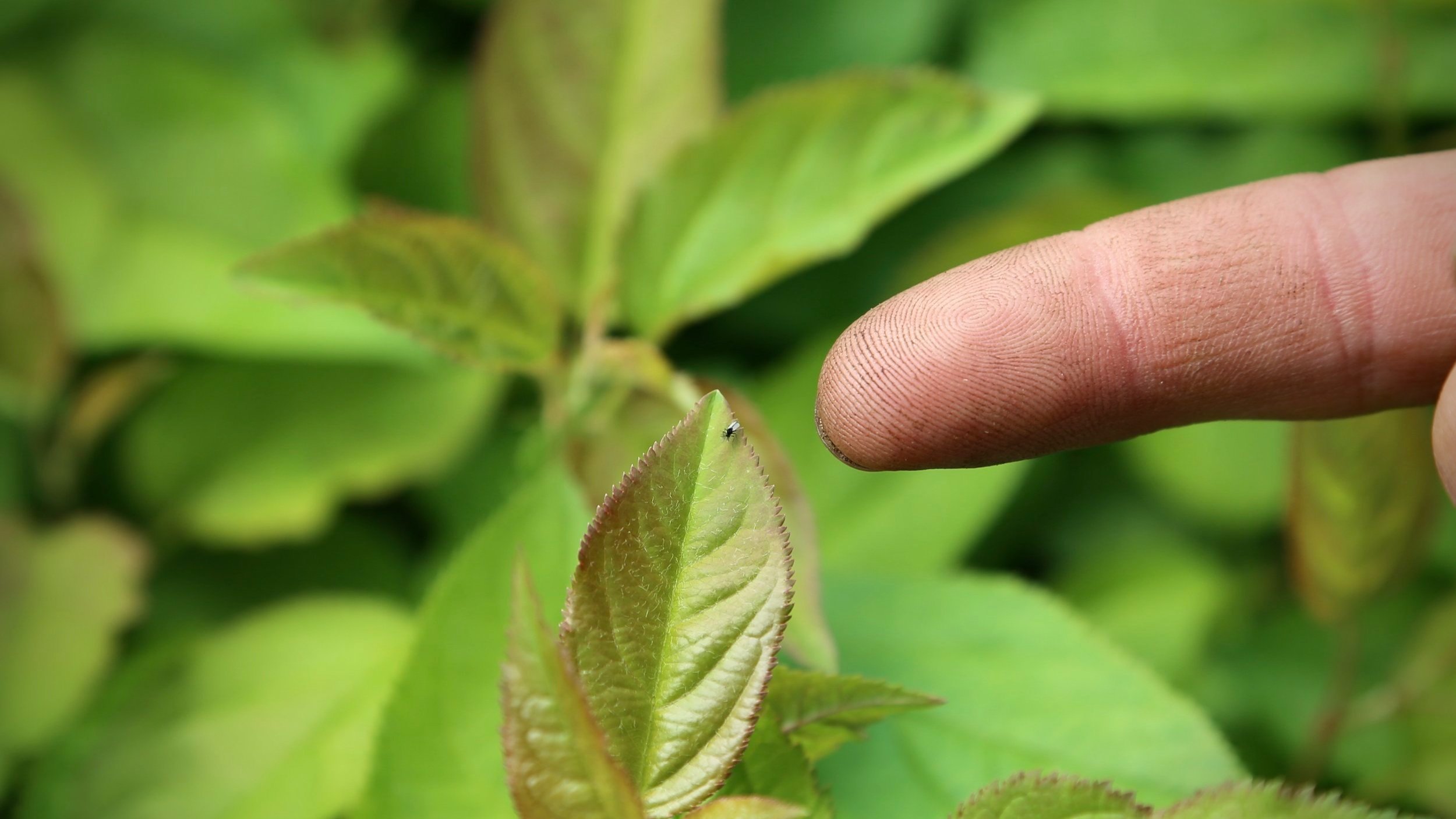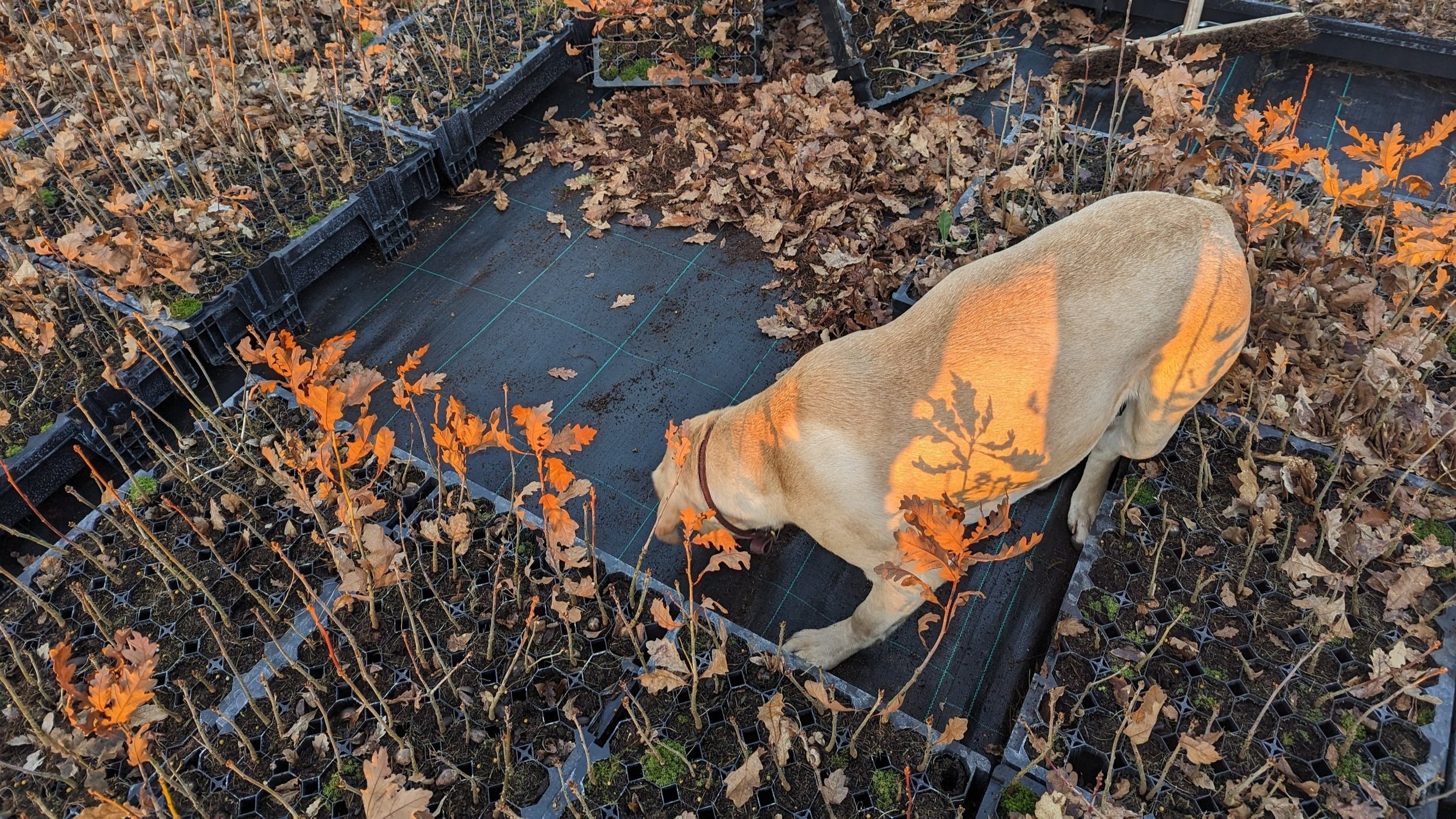What is ‘IPM’?
Integrated Pest Management (IPM) is a sustainable and eco-friendly approach to pest management. It focuses on the long-term prevention of pest damage through techniques such as biological control, habitat manipulation, changing practices, and the use of resistant varieties.
IPM is not just about eliminating pests. It's about understanding the ecosystem and identifying problems before they become serious. IPM works by combining multiple strategies and practices that reduce the risks associated with pests while minimizing any potential harm to people and the environment. The process includes regular monitoring, implementing control measures, and evaluation. By promoting biodiversity and healthy ecosystems, IPM can contribute to sustainable agriculture and horticulture practices.
At Rymer Trees we push ourselves to stay ahead of the curve when it comes to being environmentally friendly, so naturally, along with being peat-free and cell-grown, we practice IPM. From the outset we let the wildflowers (some may call them weeds) grow anywhere that wouldn’t impact our crop, and we near enough haven’t used any chemicals. This means that our natural predator count was already high. You will often find seemingly random pots of yarrow and clover dotted in amongst the trees, but these are there to encourage the wildlife to come inside. We were assessed by Fargro to see if there was anything we could do to improve our natural predator population, and they were seriously impressed with what we had already achieved. We worked out a plan to improve the inside populations which involved Hypoaspis miles to help control Sciarid Flies, and several species of Aphidius wasps to control aphid numbers. We didn’t have particularly high numbers of aphids, but they can quickly get out of hand inside a polytunnel. This was all working well, so when we started to grow some irises for the Chelsea Flower Show, we increased our plan to include Steinernema kraussei to control nematodes. We did unfortunately have a Powdery Mildew outbreak, but we used a biofungicide to keep it in check. The least useful bit of our IPM is the dog. Maple is meant to keep on top of the small mammal population but seems only to be able to catch already dead things.



